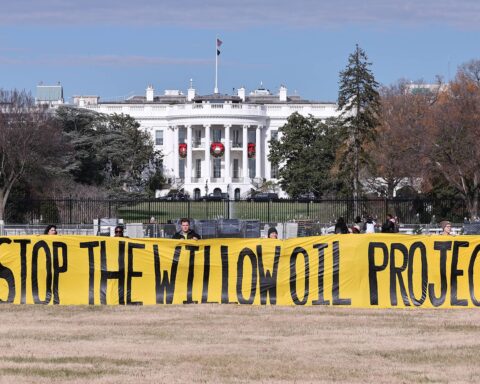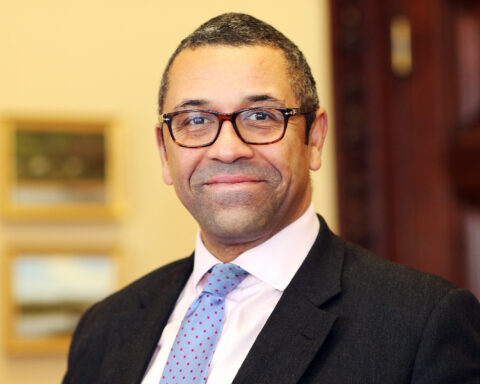TEHRAN (Parliament Politics Magazine) – Video from western Kurdistan province of Iran has surfaced, which looks to be showing a white pick-up truck firing at people as they run.
There are loud booms as people flee, and the truck is chasing them. The BBC’s Persian service has confirmed the authenticity of the clip.
On Thursday night, it happened in the city of Baneh. Since protests broke out after 22-year old Iranian Kurd Mahsa Amini died in Tehran last month, Kurdistan has been a witness to the brutal crackdown by Iranian security forces.
The citizens of Iran have managed to post pictures and videos showing what is happening inside the country despite authorities blocking some social media services and disrupting the internet.
Iran has prohibited other independent media including BBC from reporting there because it claims that foreign journalists are sharing fake information against it.
Iran has started a brand-new book
Iran started a new chapter when Mahsa Amini, 22, died four weeks ago, a chapter of strikes, protests and activism.
For the first time in more than ten years, Iranians both inside and outside of the nation have banded together to express their fight for freedom.
To the surprise of many onlookers, the protests persisted and evolved into what some are referring to as an uprising despite the deadly crackdown on them, which resulted in the deaths of over 200 people and the detention of thousands of others.
Reporting on the events is made more challenging by the country’s ban on foreign and independent media.
But the footage of dozens of cities and towns that are being published demonstrate that this is currently among the most serious threats to the Islamic Republic’s continued existence.
Security forces, many witnesses say, appear worn out. Some analysts believe the administration will find it harder and harder to put an end to the protests if they continue with the same fervour.
What caused the protests?
Following the death of Mahsa Amini, protests have been ongoing for weeks all around Iran.
She was taken into custody by authorities in September for allegedly disobeying the strict dress code of Iran, the head coverings called hijab, which is a compulsion.
Authorities claim Mahsa Amini died of internal health issues. However, her family and a large number of Iranians think she died because of being beaten.
Protests broke out after her funeral, which was held in her hometown of Saqqez in the western Kurdistan province.
Women waved, and in some cases burned, their headscarves while chanting “woman, life, freedom” and “death to the dictator.”
Similar demonstrations were staged elsewhere in the Kurdish-populated north-west and in the capital, Tehran, before the unrest reached dozens of other cities and evolved into the most serious challenge to the establishment in years.
Despite a crackdown by security forces, there is no sign yet that protests are abating.
Is the protest taking the shape of a revolution?
‘The younger generation might actually make a difference – they are starting a new revolution’ – activist
Laleh Maghonaki, an Iranian female activist who spoke out for women’s rights there, long ago left Iran for Sweden.
She lives in Uppsala, a city close to Stockholm and says she is having trouble sleeping and is anxious about family members back home because she is finding it tough to stay in touch with them.
She told the BBC that everytime something happens, the internet gets cut.
When she talks to her sister, her niece and nephew, she has to use gestures and quietly mouth words to understand what the situation is like there. She fears authorities eavesdropping or the calls being monitored, she says.
Laleh, who is now organising protests in Uppsala against the violent response to Iranian protests, said she feels a duty to “be the voice” of her brothers and sisters back home.
She adds that the current protesting generation is “very brave and very well educated,” but claims that this is the worst moment for Iranians since the 1979 revolution.
Women currently make up more than 60% of university students. Only through education can one achieve freedom, she says.
Laleh says that she couldn’t attend her mother’s funeral in Iran because if she went back she would be detained.
But she holds out hope that things will change for the better.
“This younger generation might actually make a difference – they are starting a new revolution.”
Eurostat numbers show with a population of over 80,000, Sweden is the top choice for Iranians wishing to relocate in Europe.






